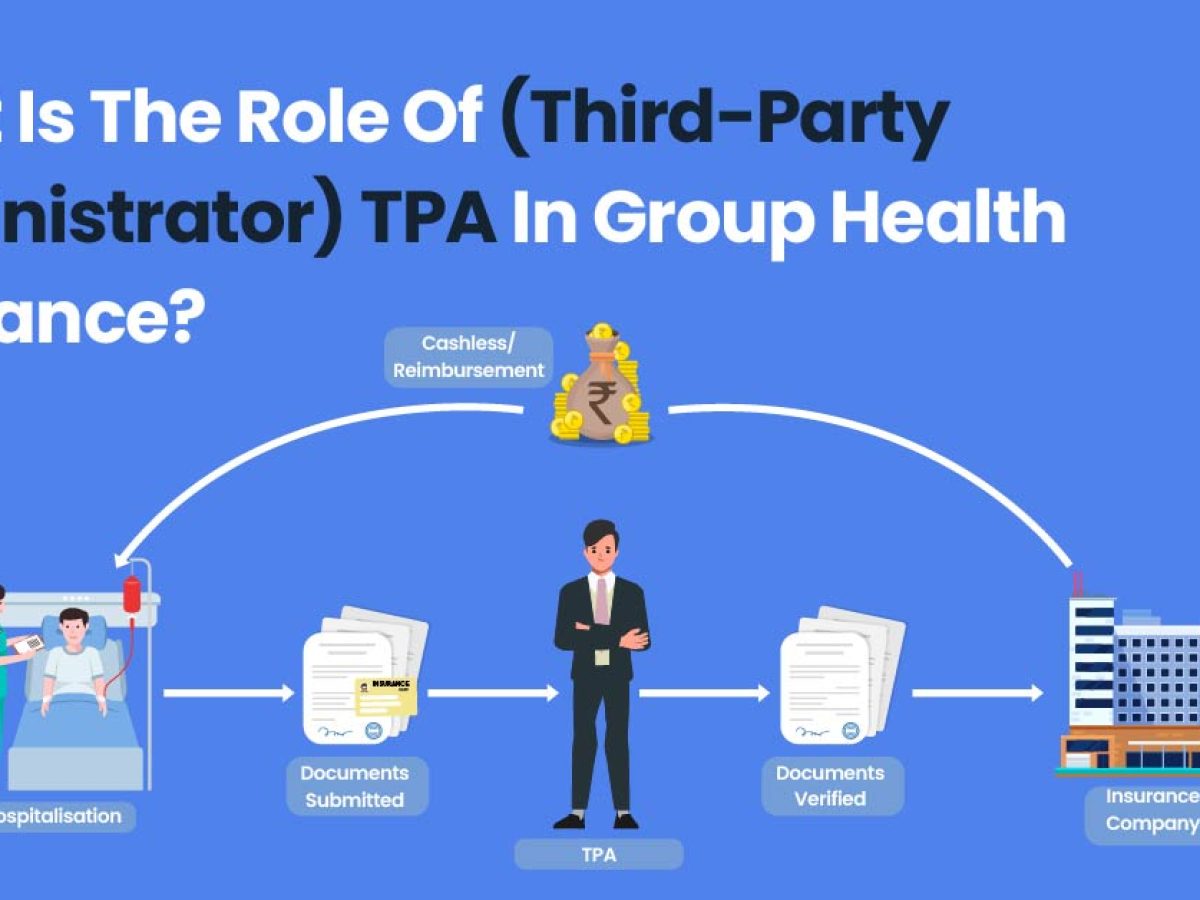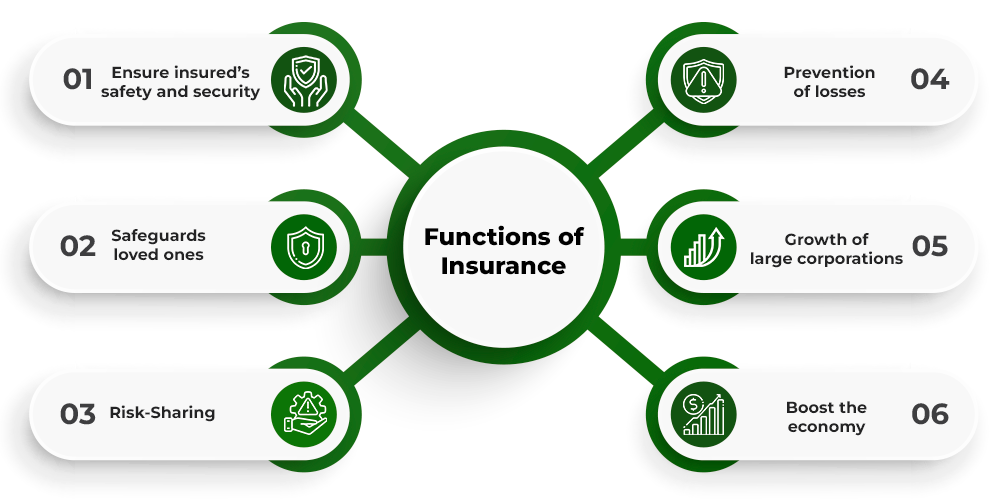Not known Facts About Pacific Prime
Not known Facts About Pacific Prime
Blog Article
A Biased View of Pacific Prime
Table of ContentsThe Of Pacific PrimePacific Prime Things To Know Before You Get ThisWhat Does Pacific Prime Mean?How Pacific Prime can Save You Time, Stress, and Money.
In the majority of states, the insurer is called for to send you a copy of the changes to your policy. It is very important that you review Recommendations or Bikers so you understand exactly how your plan has actually changed and if the plan is still ample to meet your demands. To acquire a duplicate of your insurance coverage, please call your insurance policy agent or business.
The Institute of Medicine (IOM) Board on the Consequences of Uninsurance launches a prolonged exam of evidence that addresses the value of wellness insurance policy coverage with the publication of this record. Coverage Issues is the very first in a series of 6 reports that will certainly be released over the following 2 years recording the fact and effects of having an approximated 40 million individuals in the USA without wellness insurance coverage.

About Pacific Prime
The objective of this collection of research studies is to refocus policy interest on a longstanding issue. Complying with the lengthiest economic growth in American history, in 1999, an estimated one out of every six Americans32 million grownups under the age of 65 and even more than 10 million childrenremains without insurance (Mills, 2000).

Ten percent of the populace represent 70 percent of healthcare expenses, a connection that has remained consistent over the past 3 years (Berk and Monheit, 2001) - expat insurance. Therefore health and wellness insurance policy remains to offer the function of spreading danger even as it progressively finances routine care. From the perspective of healthcare carriers, insurance policy lugged by their clients assists safeguard an income stream, and neighborhoods benefit from financially feasible and steady health care practitioners and establishments
Federal government offers medical insurance to populations whom the personal market might not offer successfully, such as handicapped and senior citizens, and populations whose access to health treatment is socially valued, such as youngsters and expecting ladies. The best ends of medical insurance protection for the individual and communities, including work environment communities of workers and employers, are enhanced health end results and lifestyle.
The Pacific Prime Diaries
Employees rank wellness insurance coverage first by much in significance amongst all the advantages supplied in the office (Salisbury, 2001). There have actually been large investments of personal and public funds to provide wellness insurance coverage, numerous individuals still have no insurance coverage. Despite comprehensive reporting of study findings and health and wellness care study results, the general public continues to be overwhelmed and mistaken concerning Americans without medical insurance and the implications of lacking insurance coverage.

Without doubt, the complexity of American healthcare funding devices and the wealth of resources of information include in the general public's complication and skepticism regarding wellness insurance policy stats and their interpretation. This record and those that will certainly follow purpose to boil down and provide in conveniently understandable terms the comprehensive research study that bears upon questions of medical insurance protection and its importance.
Fifty-seven percent of Americans questioned in 1999 believed that those without medical insurance are "able to obtain the treatment they need from medical professionals and health centers" (Blendon et al., 1999, p. 207). In 1993, when national attention was concentrated on the problems of the uninsured and on pending health and wellness treatment regulations, simply 43 percent of those questioned held this idea (Blendon et al., 1999).

They also obtain fewer preventive services and are much less most likely to have routine look after chronic problems such as high blood pressure and diabetes mellitus. Persistent conditions can bring about pricey and disabling complications if they are not well managed (Lurie et al., 1984; Lurie et al., 1986; Ayanian et al., 2000). One nationwide study asked even more than 3,400 adults concerning 15 very serious or dark conditions.
Getting The Pacific Prime To Work
Added evidence exists later on in this phase in the conversation of insurance and access to wellness care. https://www.openstreetmap.org/user/pacificpr1me. People without medical insurance are young and healthy and balanced and choose to go without protection. Virtually half (43 percent) of those evaluated in 2000 believed that individuals without medical insurance are most likely to have health and wellness issues than individuals with insurance policy
Citizens and policy makers in focus group conversations characterize those without insurance coverage as young people who have the opportunity to be covered and feel they do not require it (Porter Novelli, 2001). Contrasted to those with a minimum of some exclusive protection, the without insurance are much less likely to report remaining in exceptional or great health (Agency for Healthcare Research and Top Quality, 2001).
RESOURCE: Facility for Price look at here now and Funding Researches, Company for Healthcare Research Study and Top quality, based upon MEPS information. Youthful adults between 19 and 34 are even more likely to lack health insurance than any various other age. This is mainly because they are much less commonly qualified for employment-based insurance coverage as a result of the nature of their job or their short tenure in it.
The perception that people without insurance policy have better-than-average health adheres to from puzzling the fairly young age account of the uninsured with the much better wellness, on standard, of younger persons. This covers the link in between health condition and medical insurance. For those without accessibility to workplace health insurance policy, poor health is a possible barrier to buying nongroup insurance coverage since such coverage may be highly priced, exclude preexisting problems, or be simply not available.
Report this page